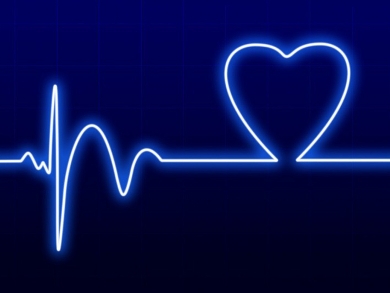Tiny piezoelectric generators can produce electricity from mechanical energy sources, including heartbeats, blood vessel contractions, and muscle movements. These generators could power a variety of biomedical devices, but they must be constructed from nontoxic materials. These materials, however, tend to have low or unstable power output, high cost, and can be mechanically fragile.
Manoj Kumar Gupta, Indian Institute of Science Education and Research, Bhopal, and colleagues have developed a flexible piezoelectric microgenerator based on (Na,K,Li)NbO3 single crystals in a polydimethylsiloxane matrix. The electrodes are indium tin oxide-coated polyethylene terephthalate and aluminum-coated poly(ether sulfone). These components are biocompatible, making them suitable for implantable devices.
Under 2 kgf (kilopond) vertical compressive force, the device generates a stable output of 48 V and 0.43 μA/cm2, which is higher than for similar devices reported previously. The energy conversion efficiency is about 11 %. The researchers attribute the comparatively high output to the high piezoelectric charge coefficient, low dielectric constant, and strong alignment of electric dipoles in the niobate crystals.
- Flexible High-Performance Lead-Free Na0.47K0.47Li0.06NbO3 Microcube-Structure-Based Piezoelectric Energy Harvester,
Manoj Kumar Gupta, Sang-Woo Kim, Binay Kumar,
ACS Appl. Mater. Interfaces 2016.
DOI: 10.1021/acsami.5b09485




